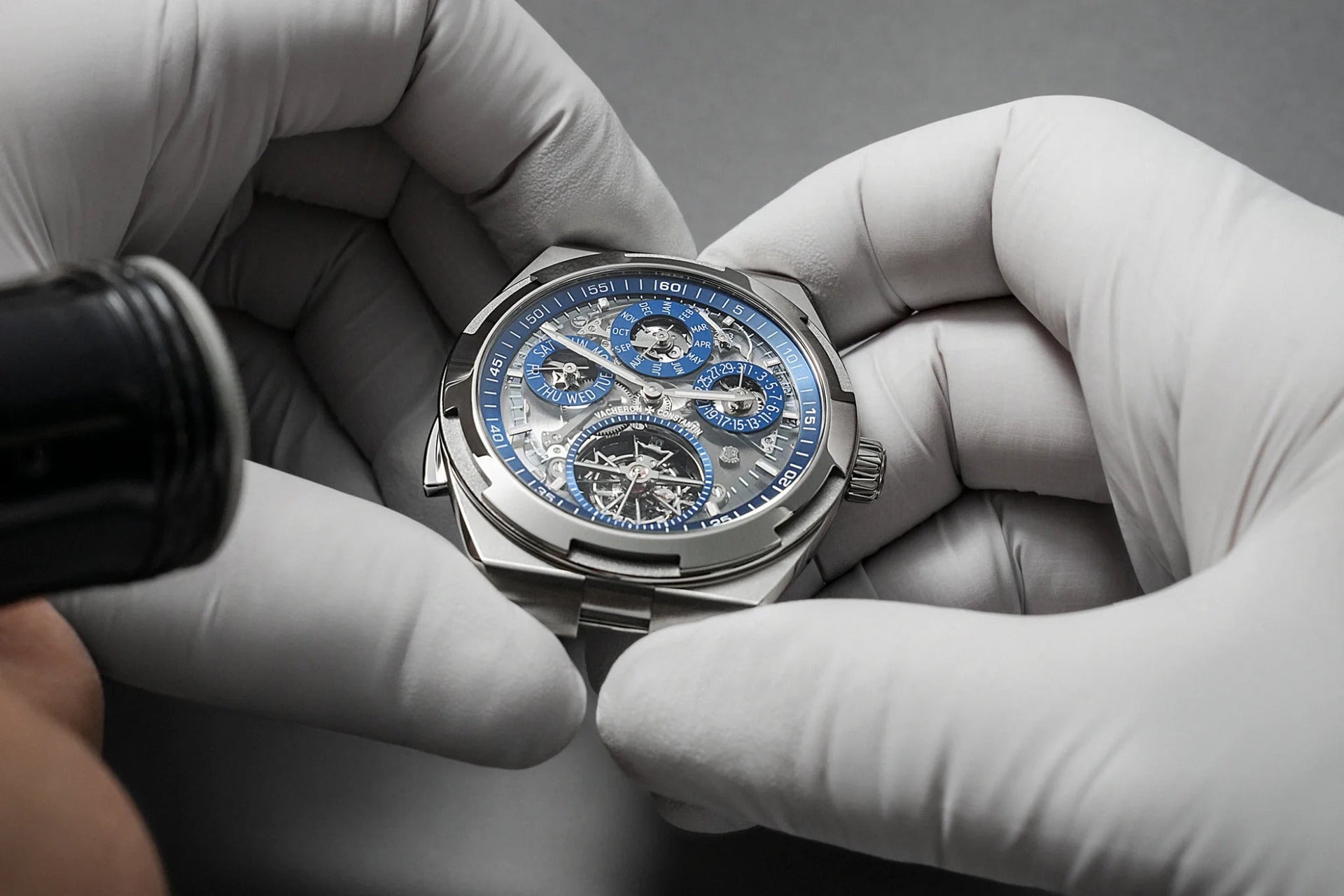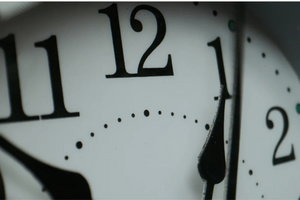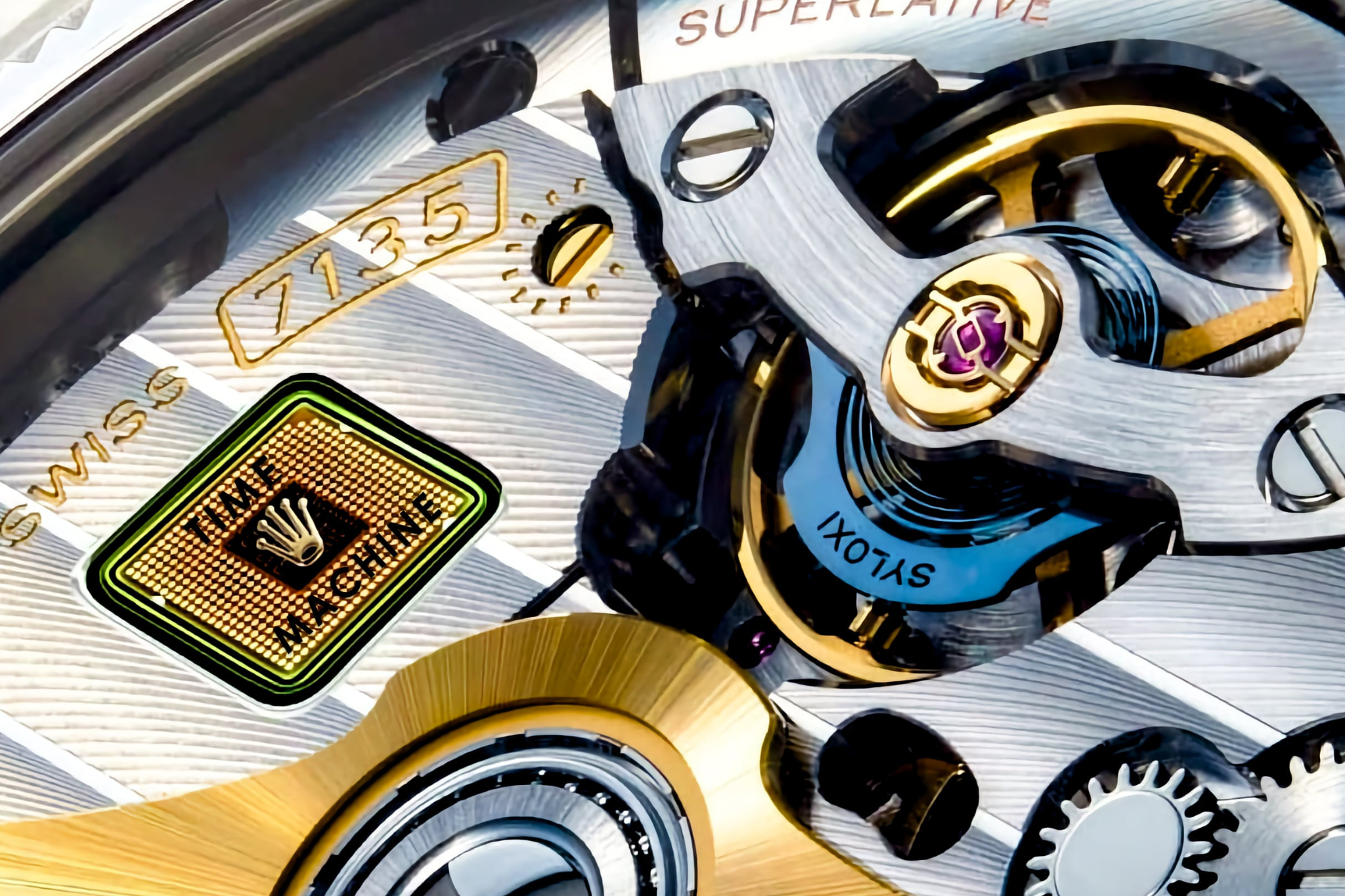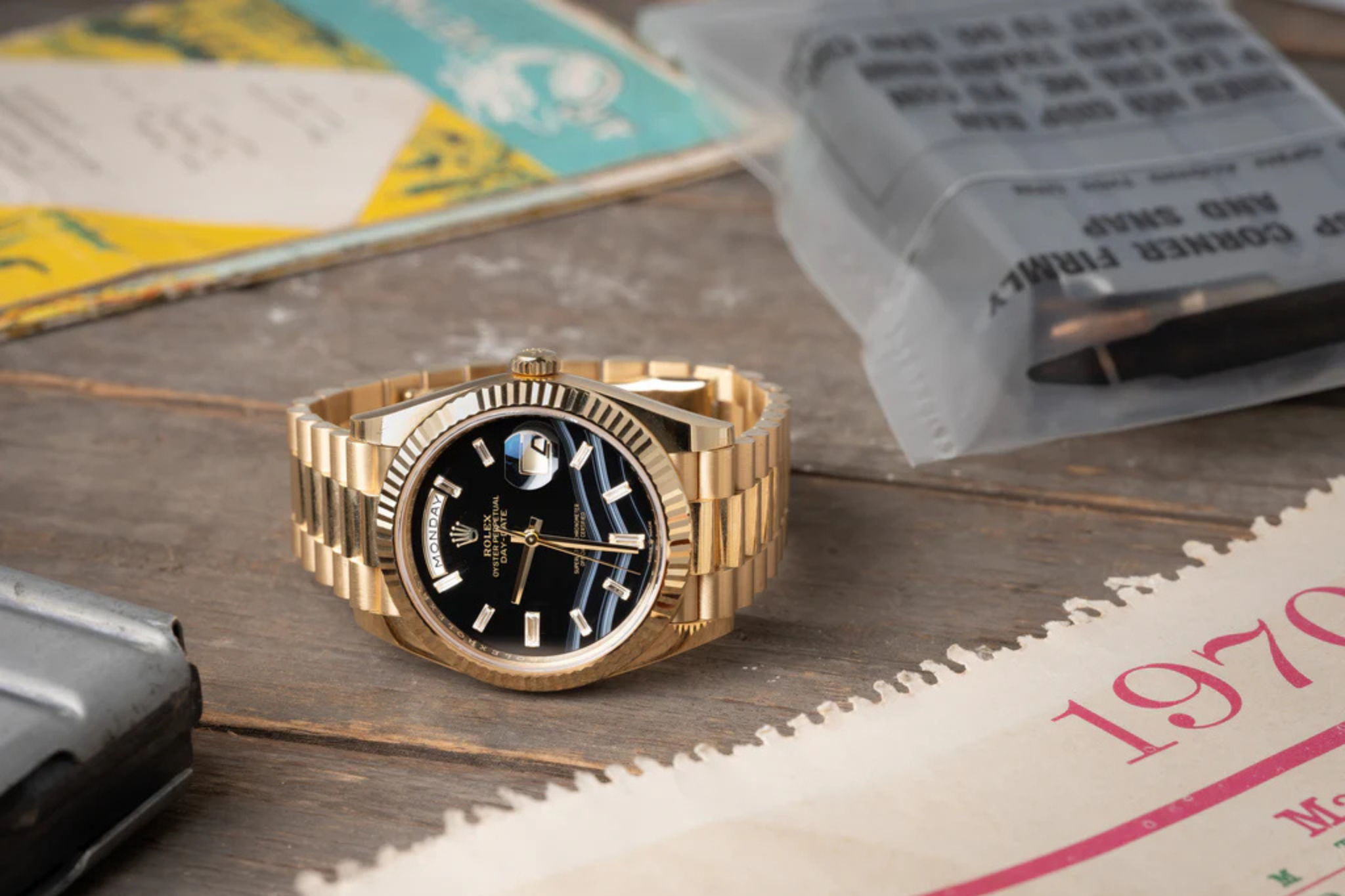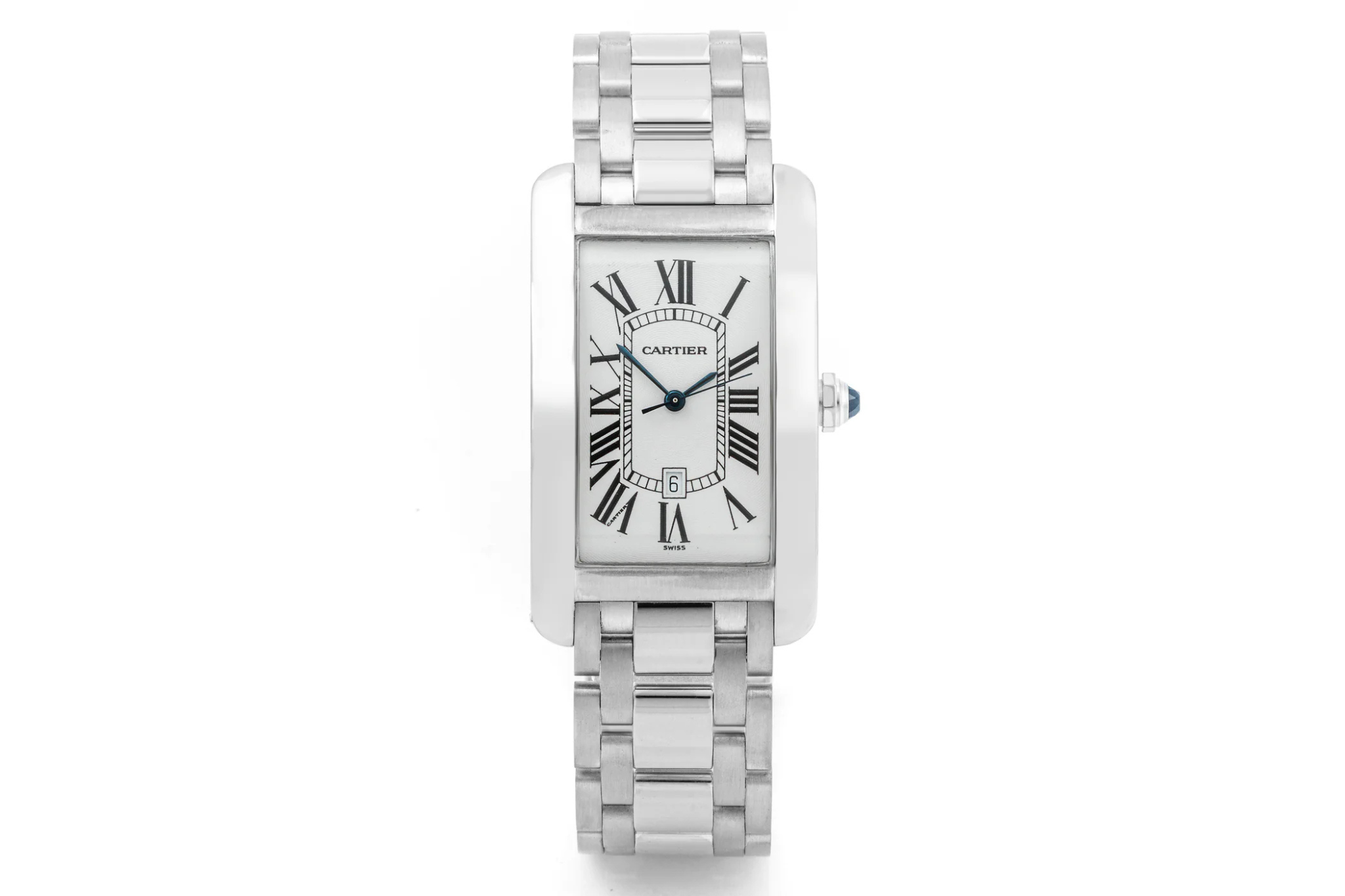As of January 1, Rolex has released its updated 2025 pricing, and the changes are heavily influenced by material composition. This year’s adjustment brings both stability and sharp increases—depending on what you're shopping for. If you're in the market for a stainless steel Rolex, there’s relatively little change. However, if you’re eyeing a gold or two-tone model, be prepared for noticeably higher prices.
Overall Pricing Shifts
The 2025 Rolex price list reveals a clear pattern based on the material used in each timepiece. Stainless steel and platinum watches have seen only minor price adjustments, while gold-based models have undergone substantial hikes.
· Stainless Steel Models: Prices have increased by only about €100 across most models, representing a modest rise of roughly 1% to 1.5%. One of the only exceptions is the steel Daytona, which saw a slightly higher bump.
· Platinum Watches: Similar to steel, platinum models remain relatively unaffected, with a typical 1% increase. This reflects the stability of platinum on global markets.
· Gold and Two-Tone (Rolesor) Watches: The largest price jumps are found in this category. Two-tone models have risen by around 8%, while solid gold watches have surged by an average of 11%, driven largely by skyrocketing gold prices.

Key Price Trends
Rolex’s pricing decisions often mirror global economic conditions. In 2023, prices rose significantly across most categories, particularly for gold and two-tone pieces. By 2024, the hikes became more moderate, averaging around 4%. However, 2025 marks a divergence: while steel remains steady, gold watches leap ahead.
· Steel Watches: Average increase of €100; minimal impact.
· Two-Tone (Rolesor): Around 8% increase due to rising gold component costs.
· Solid Gold Models: Roughly 11% increase, adding thousands to retail prices.
· Platinum: Up only 1%, reflecting consistent market value.
Collection-Specific Insights
Cosmograph Daytona
The Daytona lineup presents one of the most striking contrasts. While stainless steel versions saw a relatively modest €400 increase (about 2.5%), gold Daytonas soared by 18.5%—translating to price jumps between €6,000 and €8,000.
Submariner & GMT-Master II
Steel versions of these models, including the popular Submariner Date and No-Date, saw typical €100 increases. Gold variants, however, experienced 11% hikes, adding around €4,500. GMT-Master II watches followed this same trend, with steel models like the Batman and Pepsi mostly unchanged, but substantial increases on gold versions.
Explorer & Yacht-Master
Steel Explorers climbed modestly (€100–€150), while two-tone editions rose more sharply (+8.5%). In the Yacht-Master family, solid gold models saw 11% increases. Notably, titanium versions experienced a 5% rise—significant, but lower than the gold models.
Day-Date & Datejust
Day-Date watches, known for their premium gold construction, reflected the sharpest increases—upwards of €4,000. In contrast, Datejust models in stainless steel were largely unaffected. Rolesor editions, however, rose moderately, consistent with other gold-accented collections.
Economic Factors Driving the Changes
Gold’s Record Climb
The price of gold surged over the past year, pushing Rolex’s gold watch prices higher. A 1kg bar of gold rose from €60,156 to €81,233—a 27% leap. In dollar terms, gold climbed from $2,076 to $2,640 per ounce. This increase has a direct impact on the production costs of gold Rolex watches.
Stable Steel and Platinum Markets
Unlike gold, prices for stainless steel and platinum remained relatively unchanged. This has kept Rolex’s cost of production for those models stable, leading to much smaller price increases.
Global Market Shifts
Macroeconomic factors also played a role. For instance, China—a major market for luxury watches—saw a 26% drop in Rolex exports in 2024, influenced by ongoing economic troubles in the country’s real estate sector, according to the Swiss Watch Industry Federation (FHS).
Takeaway for Buyers
If you're looking to invest in a Rolex stainless steel model in 2025, the good news is prices are mostly holding steady. However, those considering a two-tone or solid gold model will need to budget significantly more due to surging gold costs. Notably, the gold Cosmograph Daytona now ranks among the most expensive watches in the brand’s lineup—highlighting just how impactful these price changes are for collectors and enthusiasts.
In short, Rolex’s 2025 pricing underscores the importance of market forces, especially the rising value of materials, in shaping the cost of luxury timepieces.

